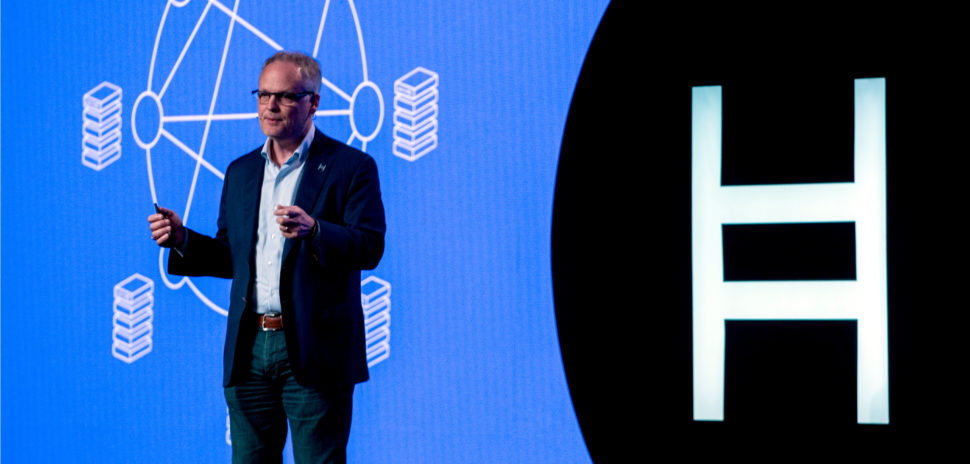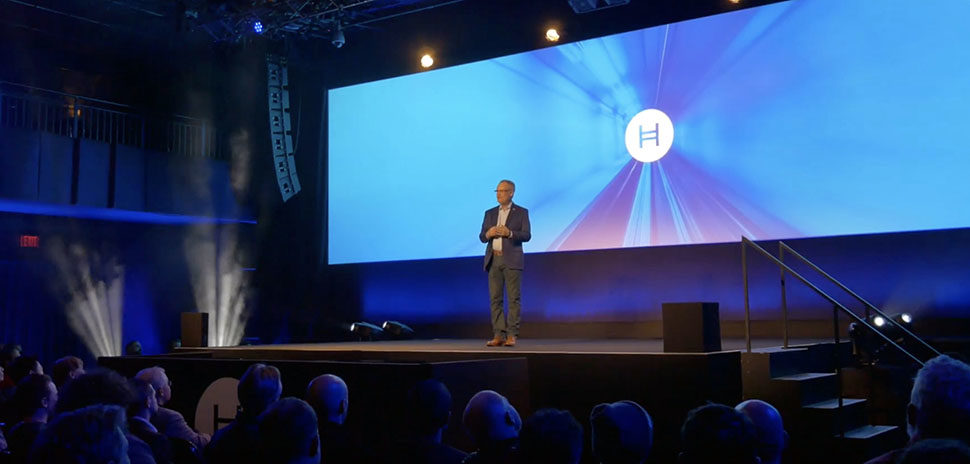Dallas-based Hedera Hashgraph has an important date to put on your calendar—Sept. 16.
That’s the date the public distributed ledger platform announced that the Open Access (OA) beta to its main public network—known as mainnet—will happen. Dallas Innovates first mentioned the Hedera Mainnet earlier this year when the company announced that IBM and Tata Communications were joining Hedera’s governing council. When that move happens, it will allow any developer from the public to make an account and create decentralized applications (dApps) on Hedera Hashgraph’s platform, according to a statement.
Hedera also stated it has open sourced its mirror node code, allowing anyone who wants to run a mirror node to do so. These Hedera network mirror nodes offer access to all consensus decisions and the state of the ledger.
The beginning of its strategic 15-year coin distribution process was also announced.
“With Open Access, we are excited to welcome any and all to join the hundreds of third-party developers already building decentralized applications on our platform,” Mance Harmon, co-founder and CEO of Hedera Hashgraph, said in the statement. “Open Access also marks the next step in our journey to become the industry’s most decentralized, permissionless, public network. At the same time that our mirror nodes are becoming open source and accessible to all, we’re also beginning a careful, responsible coin distribution process.”
HBAR coins—Hedera’s native cryptocurrency—will start to be released to participants through Simple Agreements for Future Tokens (SAFTs) offerings, with which the company raised $124 million last year.
Hedera Hashgraph plans measured release of its HBAR coins
Mirror nodes don’t participate in consensus, but according to Hedera, they can still provide a public record of transactions and the state of the ledger. They also provide the owner with flexibility in choosing what to store and for how long.
Consensus protocols allow blockchain to be updated, while at the same time ensuring every block in the chain is true. It also keeps participants incentivized.
After Open Access, the first distribution of HBAR coins is expected to be released to SAFT purchasers.
Hedera is taking a strategic approach with a long-term, 15-year coin distribution schedule of its total coin supply so that it can become the most decentralized public permissionless network at scale, according to a statement.
“The creation of the trust layer of the internet requires a measured, long-term rollout with responsible stewards, empowered individuals, and a slow coin distribution.”
Leemon Baird
Currently, Hedera is a public permissioned network that allows anyone to build on its platform, but only certain parties can run nodes, manage consensus, and maintain the network.
In order to transition into a public, permissionless network on which users who stake their coins can become nodes, Hedera is distributing coins in portions over a long period. That distribution schedule is aimed at preventing people with bad intentions from cornering the market on coins, enabling them to monopolize ownership of nodes, and in turn damaging network security.
Hedera also published a Coin Economics paper that further explains the role that cryptocurrency plays in securing the network and how it will be distributed.
“The creation of the trust layer of the internet requires a measured, long-term rollout with responsible stewards, empowered individuals, and a slow coin distribution,” Leemon Baird, co-founder and chief scientist of Hedera Hashgraph, said in the statement. “Hedera Hashgraph is taking a thoughtful approach to this deployment and we see interest in our protocol by both enterprises and developers as a strong endorsement of our strategy.”
At Open Access, Hedera Hashgraph’s network is expected to offer three services: Cryptocurrency, throttled to 10,000 transactions per second, Smart Contract, and File Service. Both Smart Contract and File Service are throttled to 10 transactions per second to start and will increase systematically through the end of the year.
Hedera is noting faster speeds in testing, while the throttling is designed to similarly roll out network services in a measured, responsible way. The company plans to increase speed methodically in the future.
The recently announced Hedera Consensus Service is expected to deliver similar performance as the cryptocurrency service and will be publicly available later this year, according to the statement.
Hedera will note the milestone with a virtual event from 4 p.m. to 7 p.m. on Sept. 16.
READ NEXT: ‘Consider Us Flattered’: Hedera Hashgraph Says Thanks to Facebook in Full-Page WSJ Ad
![]()
Get on the list.
Dallas Innovates, every day.
Sign up to keep your eye on what’s new and next in Dallas-Fort Worth, every day.


































































